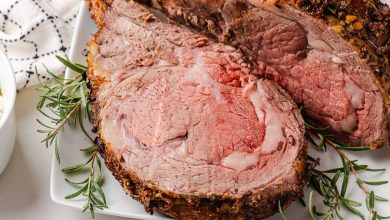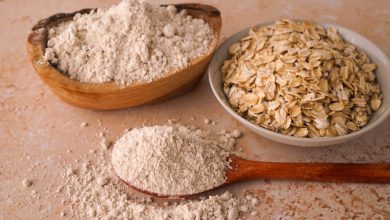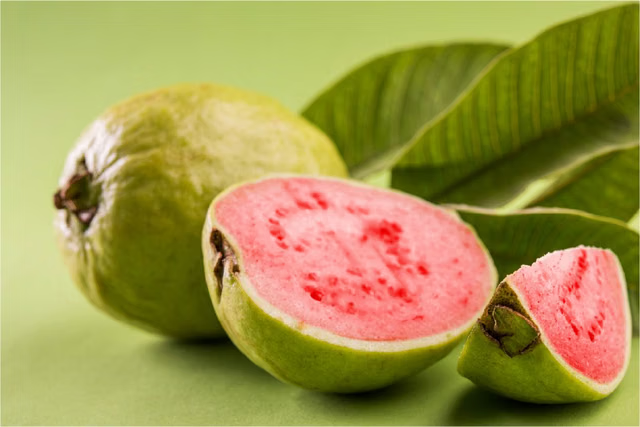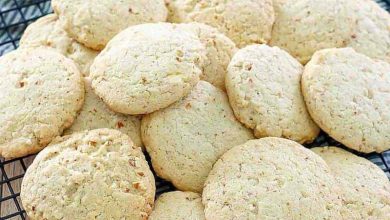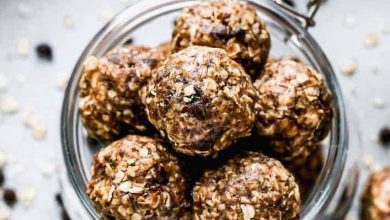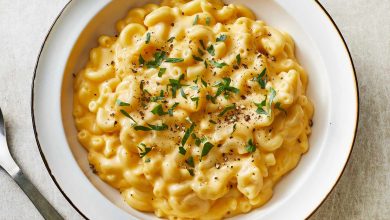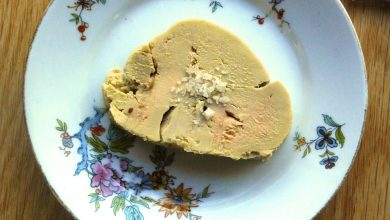Mung Bean Sprouts – Nutritional Information and Ingredient Breakdown
Mung beans are a popular legume known for their versatility and health benefits. When these seeds are sprouted, they become even more nutrient-dense, providing a light, crisp texture and a mild, slightly sweet flavor that enhances a wide variety of dishes. Whether used in salads, stir-fries, or soups, mung bean sprouts are an excellent addition to any diet, offering a range of essential vitamins and minerals.
Nutritional Information per 100g (Sprouted and Cooked Mung Bean Seeds)
| Nutrient | Amount per 100g |
|---|---|
| Energy | 21 kcal |
| Protein | 2.03 g |
| Fat | 0.09 g |
| Saturated Fat | 0.025 g |
| Carbohydrates | 4.19 g |
| Fiber | 0.8 g |
| Sugar | 2.84 g |
| Calcium | 12 mg |
| Iron | 0.65 mg |
| Magnesium | 14 mg |
| Phosphorus | 28 mg |
| Potassium | 101 mg |
| Sodium | 10 mg |
| Zinc | 0.47 mg |
| Copper | 0.122 mg |
| Manganese | 0.14 mg |
| Selenium | 0.6 mcg |
| Vitamin C | 11.4 mg |
| Thiamine (B1) | 0.05 mg |
| Riboflavin (B2) | 0.102 mg |
| Niacin (B3) | 0.817 mg |
| Vitamin B6 | 0.054 mg |
| Folate | 29 mcg |
| Vitamin B12 | 0.0 mcg |
| Vitamin A | 1.0 mcg |
| Vitamin E | 0.07 mg |
| Vitamin D2 | 0.0 mcg |
Allergen Information
Mung bean sprouts are naturally free of gluten, dairy, and nuts, making them suitable for many dietary needs. However, individuals with legume allergies should avoid consuming them. Always check for cross-contamination risks, especially when purchasing pre-packaged sprouts, as they might come into contact with other allergens during processing.
Dietary Preferences
- Vegan: Mung bean sprouts are 100% plant-based, making them ideal for vegan diets.
- Gluten-Free: Naturally gluten-free, mung bean sprouts are a great option for those with gluten sensitivities or celiac disease.
- Low-Calorie: With only 21 kcal per 100g, they can easily fit into low-calorie and weight-management meal plans.
- High-Protein: They provide a plant-based protein source, offering 2.03 grams of protein per 100g, making them beneficial for vegetarians and vegans looking to boost their protein intake.
- Diabetic-Friendly: With a low glycemic index and moderate carbohydrate content, mung bean sprouts can be enjoyed in moderation by those managing blood sugar levels.
Cooking Tips and Usage
Mung bean sprouts are versatile and can be incorporated into various recipes. Here are a few suggestions:
- In Salads: Add a handful of mung bean sprouts to salads for a crisp texture and fresh flavor.
- In Stir-Fries: Toss them into stir-fries in the last few minutes of cooking to preserve their crunch and nutritional value.
- In Soups: Mung bean sprouts can be added to soups and broths as a healthy garnish, enriching the dish with both nutrients and texture.
- Sprouting at Home: If you’re looking to maximize freshness, sprouting mung beans at home is simple. Just soak the beans in water for 8–12 hours, then rinse and drain them twice a day until the sprouts are ready to eat—usually within 3-5 days.
Conclusion
Mung bean sprouts offer a powerhouse of nutrients in a low-calorie, highly versatile form. Rich in vitamins like C and B, as well as minerals such as iron, magnesium, and potassium, they can enhance a variety of dishes while supporting overall health. Whether you’re looking for a healthy addition to your salads, stir-fries, or soups, mung bean sprouts are an excellent choice for both flavor and nutrition. With their many health benefits and ease of use, they are a must-have for anyone aiming to add more plant-based foods to their diet.



